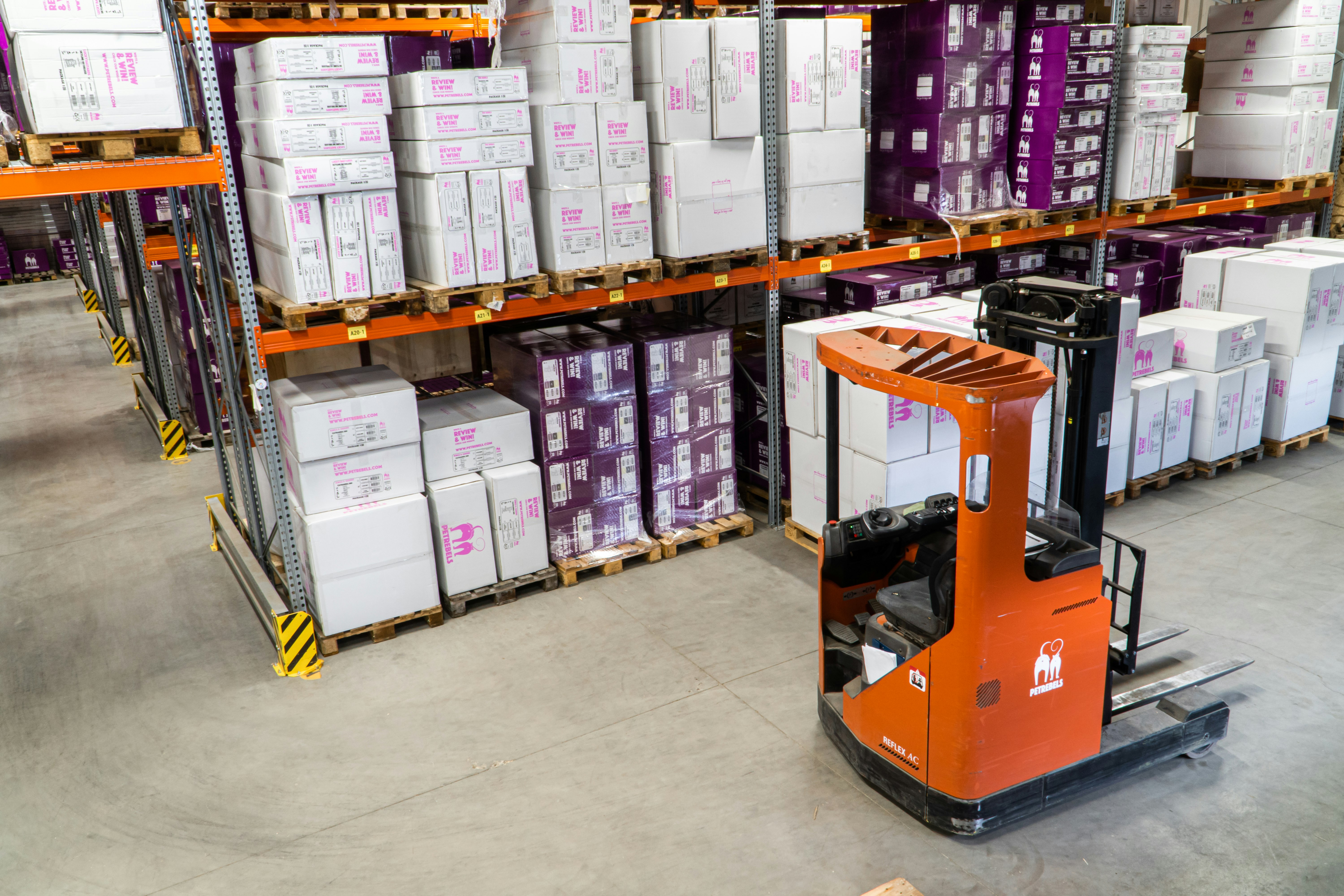It isn’t that the tools are not in place. The company’s ERP system is up to date and tracking all the financial information without problems. The EDI process are handled efficiently and mostly automatically so that orders are delivered as specified by the customers. The issue is the lack of a viable and stable connection between the ERP and EDI systems. Any other systems such as warehouse management (WHM), logistics (3PL), and others that are not integrated can add to the problems.
Software and SaaS/Cloud systems make it easy for companies to get started with any or all these systems. But connecting them can be the stumbling block that keeps companies from actually achieving the benefits that can be gained by automating the movement of data between systems. If your company has been putting off the move to an integrated environment here are four best practices for planning your accounting integration that can help you move to the next level of efficiency and be prepared for growth.
Determine why - Not everyone in the company will immediately understand the need for integration. Usually the biggest roadblock is the expense of making the commitment. Expenses include the software and systems, but more importantly the time and effort needed to pull it off. Build a business case by determining the current costs that can be avoided through integration. These can include staff time and costs due to errors when data is transferred.
People - Your IT team may have the general technical expertise but may not be familiar with the internals of the different applications that need to be linked. They can come up to speed and shift their efforts from their current projects, or you can bring in specialists. Alternatively some EDI service providers have the integration process nailed and can connect your systems with minimum effort and time.
Decide what to connect - Create a plan that integrates the most systems that are currently costing the most. Typically this is the link between ERP and EDI. The plan should include all your systems in a staged sequence. Don’t attempt to do everything at once. These are complex systems that run your business. It’s important to complete each phase successfully before moving to the next. But your end goal should be to automate the data transfer between all your systems.
Find the right partner - Some EDI service providers are adept at creating integrations, mostly because they have already done the job for many other customers. Unless you are using a completely unknown ERP or EDI system the chances are that your EDI service provider already has the integration software and processes functioning for their other customers. That means they can use their experience for your systems with only minimal changes needed to configure it for your environment.
However you plan your integration, if your company is growing (or has already grown) past your ability to handle data transfers manually, now is the time to make your plan and start your integration project.
Estimated reading time: 2 minutes, 51 seconds
Integration is Still an Issue Featured
 There was a time when companies moved data between applications by using text files, spreadsheets, or (really?) manual input. Those days still exist for companies only processing a few orders every month. The breaking point comes at somewhere around 250 orders per month, and for suppliers unprepared, what they thought would be a great change can be painful and even lead to larger problems.
There was a time when companies moved data between applications by using text files, spreadsheets, or (really?) manual input. Those days still exist for companies only processing a few orders every month. The breaking point comes at somewhere around 250 orders per month, and for suppliers unprepared, what they thought would be a great change can be painful and even lead to larger problems.

Scott Koegler
Scott Koegler is Executive Editor for PMG360. He is a technology writer and editor with 20+ years experience delivering high value content to readers and publishers.
Latest from Scott Koegler
- Wearable Tech For Warehouse Workers - Examining Wearables And Augmented Reality Tech Aiming To Improve Warehouse Workflows
- Cannabis Supply Chain Challenges in the USA: Navigating Complexities in a Rapidly Growing Industry
- Improving Traceability in the Food Supply Chain with Blockchain
- How Self-Driving Trucks Could Disrupt Trucker Lifestyles And The Trucking Subculture
- Personal Shopper Drones and Last Mile Delivery
Most Read
-

-
Feb 13 2013
-
Written by Scott Koegler
-
-

-
Feb 17 2012
-
Written by Scott Koegler
-
-

-
Feb 13 2019
-
Written by Scott Koegler
-
-

-
Jul 18 2017
-
Written by Super User
-

















